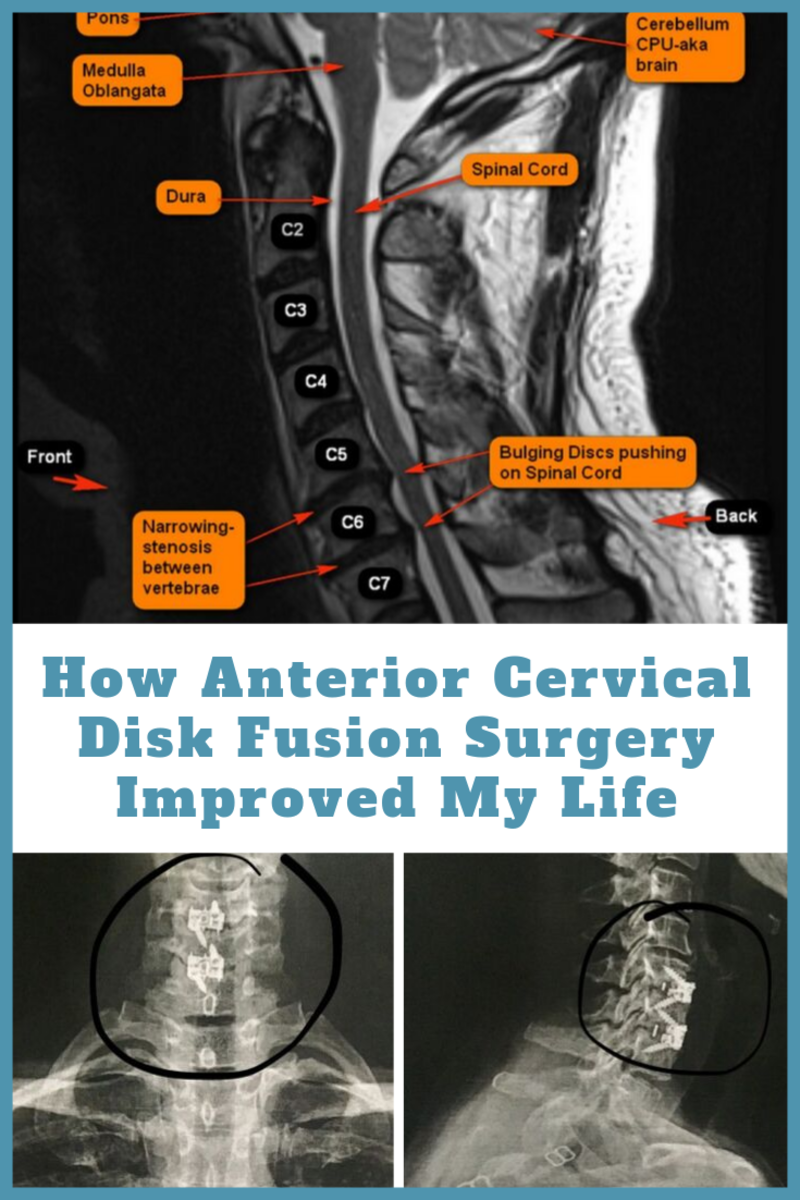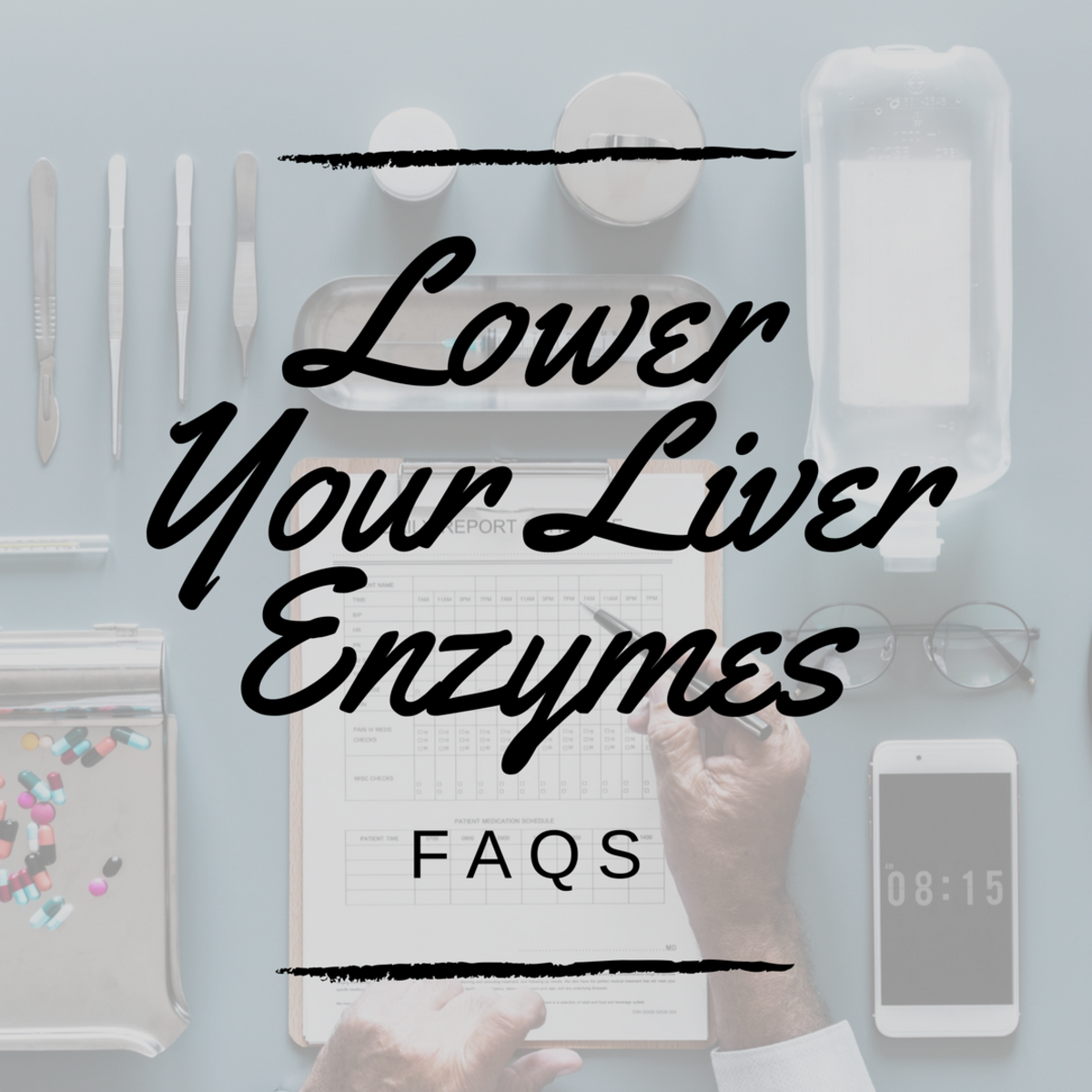Neck Pain #4 – Cervical spondylosis – Clinical Tests for Radiculitis of Cervical Nerve Roots.
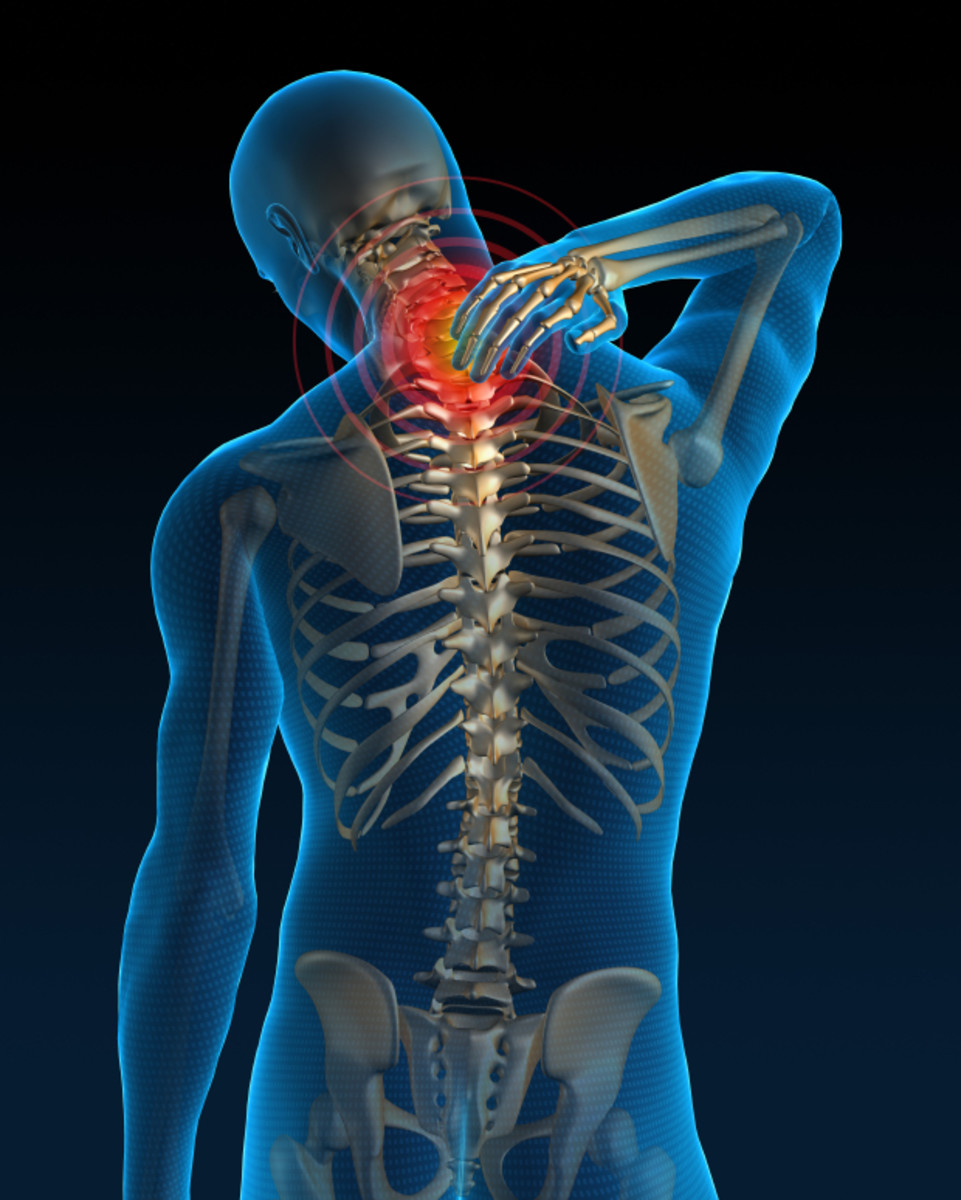
Introduction
There are three clinical tests that are found effective in confirming the presence of radiculitis of cervical nerve root origin. The positive results of these three tests confirm that there is nerve root compression with in the foramina. These three maneuvers do not provide specific root level localisation. But do confirm root compression. These tests are the Spurling Neck Compression Test, the Axial Manual Traction Test and the Arm Abduction Test.
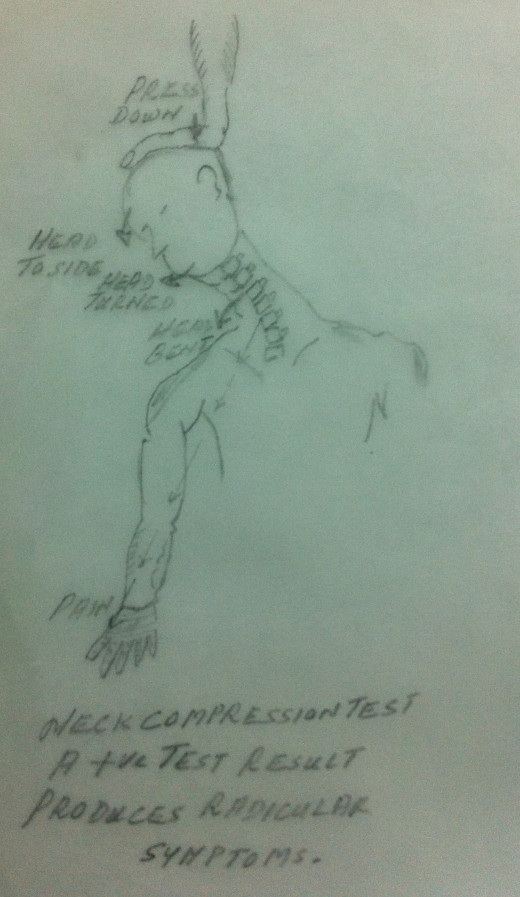
1. Spurling Neck Compression Test
This test is performed by having the patient seated comfortably in a chair. The head is laterally flexed and rotated to the side of the radicular pain. Pressure is exerted downwards upon the head. This maneuver closes the foramina on the side towards which the pain is felt. The downward compression exerted on the head closes the foramina further which results in compressing the disc. Hence a positive test reproduces or aggravates the radicular symptoms.
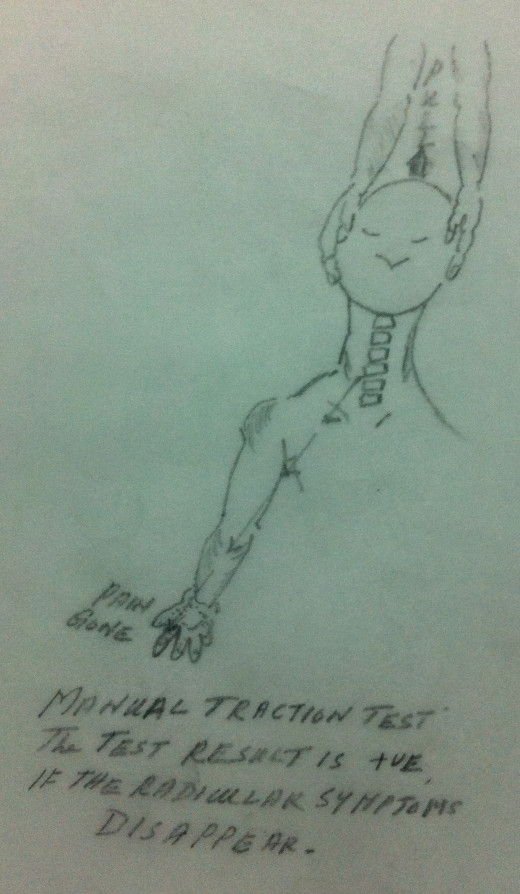
2. The Axial Manual Traction Test
This test is also performed by having the patient seated comfortably in a chair. In this procedure the cervical spine is elongated or stretched by applying an axial manual traction pull on the head. During this maneuver there is distraction of each cervical functional unit. There is decrease in the cervical lordosis. This maneuver opens the foramina on the side towards which the pain is felt. When the axial manual traction is applied the foramina opens further. Hence the pressure on the nerve root is relieved. Hence a positive test relieves or diminishes the radicular symptoms.
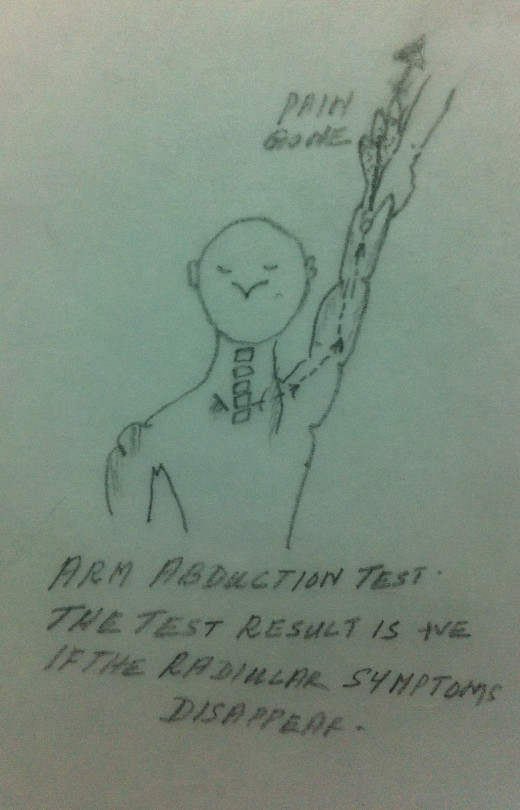
3. The Overhead Arm Abduction Test
This test is also performed by having the patient seated comfortably on a chair. Now the affected armis brought over the head. A pull is given to the upper limb as shown in the figure. This pull decreases the traction upon the involved nerve root. Hence a positive test relieves or diminishes the radicular symptoms.

